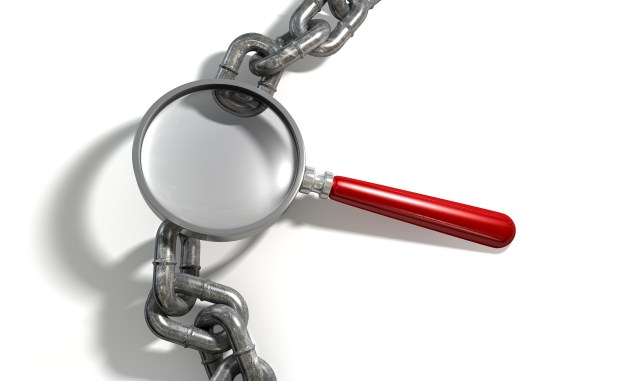Income Equality: Behind The Data

Income inequality has been the hot-button topic of December ever since President Obama labeled it “the defining challenge of our time,” in a widely reported December 4 speech.
But, as pointed out in a recent Wall Street Journal op-ed by equity fund director Robert Grady, the data presented on the issue tends to offer a skewed, one-sided version of reality. For example, Grady cites the fact that the measure of “income” most often used doesn’t include taxes, transfer payments and employee benefits.
Grady points to past research from the Hoover Institution that suggests once transfer payments and taxes are taken into effect, inequality is on the decline.
“Here is the bottom line: In periods of high economic growth, such as the 1980s and 1990s, the vast majority of Americans gain, and have the opportunity to gain,” Grady wrote. “In periods of slow growth, such as the past four and a half years since the recession officially ended, poor people and the middle class are hurt the most, and opportunity is curbed.”
In this PYMNTS.com Data Point, we take a closer look at recent reports that have weighed in on the issue, including data on how these demographics spend and earn.
Bureau of Labor Statistics (BLS) – Despite their varying levels of income, data from the BLS suggests that less fortunate Americans still spend similarly to wealthy Americans in the majority of categories, with some notable exceptions. Low-income Americans spend 1.7 percent more than wealthy consumers on housing, 4.9 percent more on transportation and gasoline and 3.7 percent more on healthcare and insurance.
Wealthy consumers, of which there are 62 million and rising nationwide, tend to spend significantly more of their income on saving for retirement, entertainment and clothes and shoes. The largest two expenditures for both groups are housing and transportation and gasoline, the BLS reported.
Constitutional Budget Office – Published in October 2011, this study found that after-tax income grew by 275 percent for households in the top 1 percent, compared to just 18 percent for the bottom 20 percent.
Also highlighting this disparity was its finding that each source of market income was less evenly distributed in 2007 than in 1979. The report famously encouraged one economist to suggest that income inequality had returned to “Gilded Age” levels.
Hoover Institution – As mentioned above, this paper published in August 2012 is often cited by those who argue that the calculation of income has skewed the conversation relating to inequality in America. Perhaps most notably, the study found that with taxes and transfer payments factored in, income inequality in the U.S. reduced by 1.8 percent from 1993 to 2009.
Further, it critiques the methodologies used by past reports, arguing that there is no “generally accepted criteria for determining when an economic system is unjust.”
Hoover Institution – On a global scale, a 2013 study from the Organisation for Economic Co-operation and Development (OECD) found that economic disparity is not isolated to the U.S. It revealed that since 2007, income inequality worsened in three-quarters of all OECD countries.
It did suggest, however, that income inequality in the U.S. tended to be higher than Europe, even with the problems faced by struggling economies like Spain and Italy.
UC Berkeley/Oxford University – Released in 2013, UC Berkeley and Oxford University researchers found that the wealth gap in the U.S. was at its widest in nearly 100 years.
This report suggests that from 2009 to 2012, the top 1 percent saw their incomes rise more than 30 percent, while lower income consumers saw their incomes only rise 0.4 percent.
